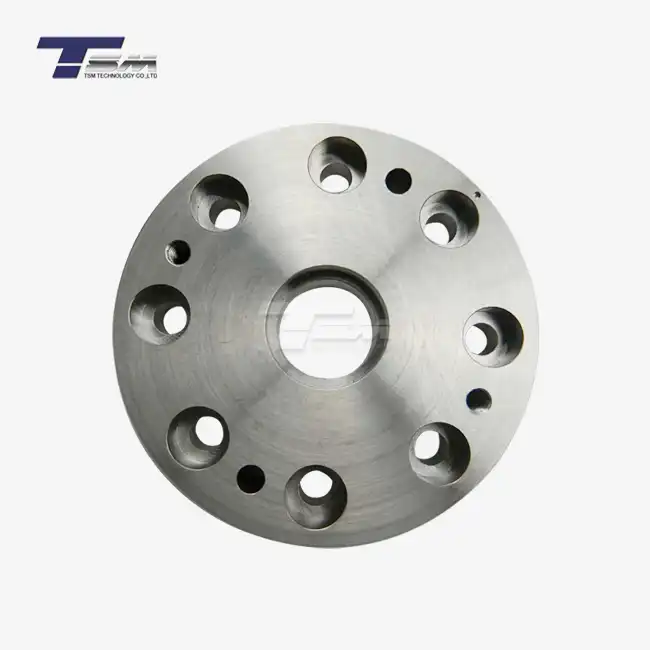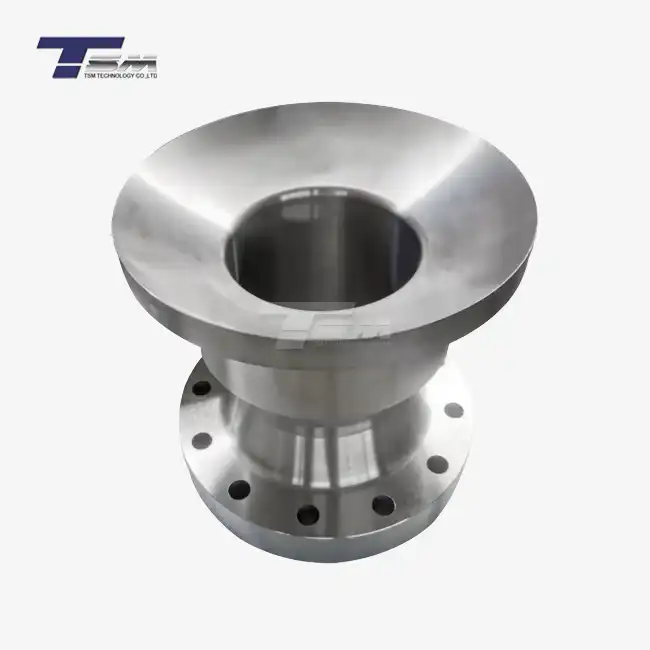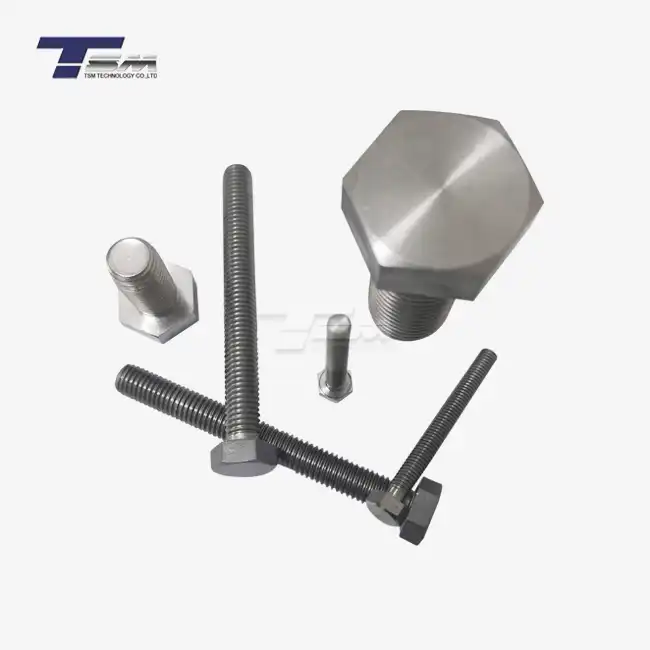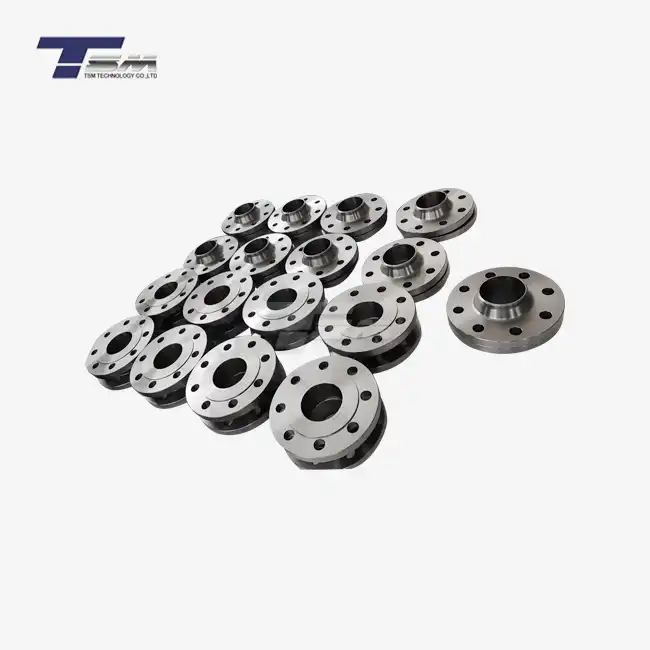- English
- French
- German
- Portuguese
- Spanish
- Russian
- Japanese
- Korean
- Arabic
- Greek
- German
- Turkish
- Italian
- Danish
- Romanian
- Indonesian
- Czech
- Afrikaans
- Swedish
- Polish
- Basque
- Catalan
- Esperanto
- Hindi
- Lao
- Albanian
- Amharic
- Armenian
- Azerbaijani
- Belarusian
- Bengali
- Bosnian
- Bulgarian
- Cebuano
- Chichewa
- Corsican
- Croatian
- Dutch
- Estonian
- Filipino
- Finnish
- Frisian
- Galician
- Georgian
- Gujarati
- Haitian
- Hausa
- Hawaiian
- Hebrew
- Hmong
- Hungarian
- Icelandic
- Igbo
- Javanese
- Kannada
- Kazakh
- Khmer
- Kurdish
- Kyrgyz
- Latin
- Latvian
- Lithuanian
- Luxembou..
- Macedonian
- Malagasy
- Malay
- Malayalam
- Maltese
- Maori
- Marathi
- Mongolian
- Burmese
- Nepali
- Norwegian
- Pashto
- Persian
- Punjabi
- Serbian
- Sesotho
- Sinhala
- Slovak
- Slovenian
- Somali
- Samoan
- Scots Gaelic
- Shona
- Sindhi
- Sundanese
- Swahili
- Tajik
- Tamil
- Telugu
- Thai
- Ukrainian
- Urdu
- Uzbek
- Vietnamese
- Welsh
- Xhosa
- Yiddish
- Yoruba
- Zulu
Introduction of Metal Heat Treatment Process
Heat treatment is a transformative process that involves controlled heating and cooling of metals to enhance their mechanical properties, making them suitable for specialized uses. At its core, heat treatment refines the microstructure of metals, unlocking their full potential. Whether it's a corrosion-resistant, superior alloy or a high-strength specialty metal, this process is pivotal in ensuring materials meet stringent global standards. Let's delve into the fascinating world of metal heat treatment, exploring its techniques, benefits, and why it's indispensable for industries relying on advanced materials.
Unveiling the Core Techniques of Heat Treatment
Heat treatment is not a monolithic process; it encompasses a variety of techniques, each tailored to achieve specific outcomes in metal properties. Understanding these methods is crucial for industries that depend on high-performance materials, such as superior alloys, to meet exacting specifications.

Annealing: Enhancing Ductility and Relieving Stress
Annealing is a cornerstone of heat treatment, prized for its ability to soften metals and alleviate internal stresses. During this process, metals are heated to a precise temperature and then cooled slowly, often in a furnace. This controlled cooling refines the metal's grain structure, making it more ductile and easier to machine. For industries working with complex superior alloys, annealing ensures that materials remain workable without compromising their integrity, setting the stage for further processing or application.
Quenching: Boosting Hardness and Strength
Quenching is the antithesis of annealing, designed to maximize hardness and strength. In this technique, metals are heated to a critical temperature and then rapidly cooled, typically in water, oil, or air. The rapid cooling "freezes" the metal's microstructure, creating a robust, hardened matrix. This method is particularly vital for superior alloys used in high-wear environments, such as turbine blades or drilling equipment, where exceptional durability is non-negotiable. However, quenching must be carefully managed to avoid brittleness, often requiring subsequent tempering.
Tempering: Balancing Strength and Flexibility
Tempering is the harmonizing step that follows quenching, aimed at reducing brittleness while preserving strength. By reheating quenched metals to a lower temperature and allowing them to cool gradually, tempering refines the metal's microstructure, striking a balance between hardness and flexibility. This process is indispensable for superior alloys destined for dynamic applications, ensuring they can withstand stress without fracturing. The result is a material that combines resilience with reliability, a hallmark of advanced engineering solutions.
The Pivotal Role of Heat Treatment in Superior Alloys
Superior alloys, such as Monel, Inconel, Incoloy, and Hastelloy, form the backbone of industries that require materials that can endure extreme conditions. These advanced metals owe much of their exceptional performance to heat treatment, which unlocks their latent potential.
Enhancing Corrosion Resistance for Harsh Environments
One of the standout attributes of superior alloys is their ability to resist corrosion, even in highly corrosive environments such as seawater or acidic conditions. Heat treatment plays a critical role in enhancing this property by stabilizing the alloy's microstructure. Processes like solution annealing dissolve unwanted phases, ensuring a uniform composition that bolsters corrosion resistance. This is particularly crucial for industries such as offshore oil and gas, where materials must endure relentless exposure to corrosive elements without faltering.
Optimizing Mechanical Properties for Precision Engineering
Precision engineering demands materials that deliver consistent performance under exacting conditions. Heat treatment refines the mechanical properties of superior alloys, tailoring them to specific applications. Whether it's improving tensile strength, enhancing fatigue resistance, or increasing wear resistance, heat treatment ensures these alloys meet the rigorous demands of machine shops and engineering firms worldwide. The result is a material that not only performs but excels, enabling innovation in design and functionality.
Ensuring Longevity in High-Temperature Applications
Superior alloys are often deployed in environments where temperatures soar, such as in jet engines or industrial furnaces. Heat treatment, particularly techniques like aging or stress relieving, enhances their ability to withstand thermal stress without degrading. By carefully controlling the heating and cooling cycles, manufacturers can develop alloys with exceptional creep resistance and thermal stability. This longevity is a testament to the transformative power of heat treatment, ensuring that superior alloys remain reliable even under the most punishing conditions.
Why Quality Control is Paramount in Heat Treatment?
The efficacy of heat treatment hinges on precision, consistency, and rigorous quality control. For industries relying on superior alloys, even minor deviations in the process can compromise performance, leading to costly failures.
Precision in Temperature and Timing
Heat treatment is a science of exactitude, where temperature and timing are the linchpins of success. Even a slight deviation in heating duration or cooling rate can alter a metal's microstructure, undermining its intended properties. Advanced quality control systems, equipped with state-of-the-art sensors and monitoring tools, ensure that every batch of superior alloy adheres to precise parameters. This meticulous approach guarantees that the final product meets the exacting standards required for critical applications, from aerospace components to chemical processing equipment.
Rigorous Inspection of Microstructure
The true measure of heat treatment's success lies in the metal's microstructure, which determines its performance characteristics. Advanced inspection techniques, such as metallography and X-ray diffraction, allow manufacturers to scrutinize the internal structure of superior alloys, ensuring uniformity and integrity. This level of scrutiny is vital for detecting potential flaws, such as inclusions or improper phase distribution, that could jeopardize performance. By prioritizing rigorous inspection, manufacturers uphold the reliability that industries worldwide depend on.
Adherence to Global Standards and Certifications
In a global market, superior alloys must comply with a myriad of standards and certifications, from ASTM to ISO. Quality control in heat treatment ensures that every product meets these benchmarks, assuring customers across industries. This adherence is not merely a regulatory requirement but a commitment to excellence, reinforcing trust in the materials that power innovation. For manufacturers, maintaining these standards is a testament to their dedication to delivering unparalleled quality, ensuring that their alloys stand out in a competitive landscape.
Conclusion
The journey of transforming metals into high-performance materials is a testament to the power of heat treatment. By harnessing precise techniques, superior alloys achieve the strength, durability, and corrosion resistance needed to thrive in the most demanding applications. This process, underpinned by rigorous quality control, ensures that industries worldwide can rely on advanced materials to push the boundaries of innovation. Whether you're in precision engineering, aerospace, or energy, understanding heat treatment is key to unlocking the full potential of specialty metals.
Contact Us
For more information about superior alloys and heat treatment processes, please contact TSM TECHNOLOGY at info@tsmnialloy.com. Our team of experts is ready to assist you in selecting the right materials and treatments for your specific applications.
References
Callister, W. D., & Rethwisch, D. G. (2018). Materials Science and Engineering: An Introduction. Wiley.
Totten, G. E. (2006). Handbook of Heat Treatment of Steels. ASM International.
ASM International. (1991). Heat Treating: Volume 4 of ASM Handbook. ASM International.
Chandler, H. (1996). Heat Treater's Guide: Practices and Procedures for Irons and Steels. ASM International.
Reed-Hill, R. E., & Abbaschian, R. (1994). Physical Metallurgy Principles. PWS Publishing Company.
Smallman, R. E., & Ngan, A. H. W. (2014). Physical Metallurgy and Advanced Materials. Butterworth-Heinemann.
Learn about our latest products and discounts through SMS or email



